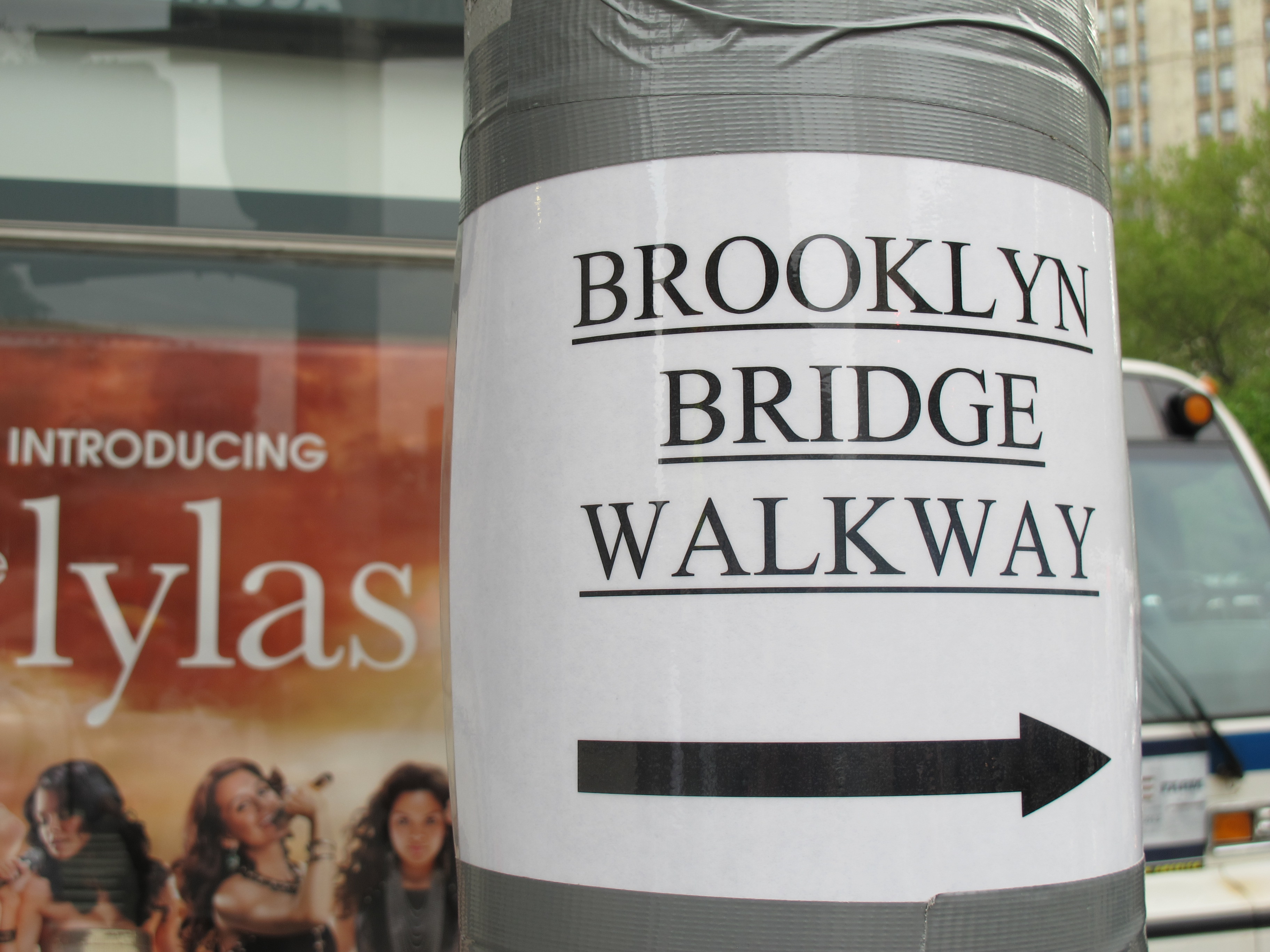Yup, not playing bridge, but playing THE bridge is today’s topic. In reference to what we’ve focussed on earlier this week I thought that bridges are close relatives of borders – they can facilitate movement just as well as they can stop people from crossing over.

Cross over is the operative term today, though – I was fascinated to read about people making an architectural object, a bridge, into a musical instrument. These folks have done some amazing work across boundaries, see for yourself: https://vimeo.com/126139725


Th Human Harp Project, founded by artist Di Mainstone, has decided to “play” huge suspension bridges, like the Brooklyn Bridge, the Bob Kerry suspension bridge in Omaha, and some others closer to their native United Kingdom like the Clifton Suspension Bridge. You can learn more in detail here: https://humanharp.org

“Mainstone’s project is ambitious. Fusing art and technology, she is currently developing modules that will be able to pick up, process and audibly project the deep tones of the vibrating cables in real time, as well as offering the “musician” a means of controlling such sounds. And it is not only the cables that could feed into the score – idle chatter and the whirr of bicycles could also be made available to the composer.” https://www.theguardian.com/music/2014/jan/14/water-music-bridges-become-instruments

So you derive music from a structure. Alternatively, you could build a structure to resemble and enhance a piece of music – which is exactly what happened in the late 1950s for the World Fair in Bruxelles. Corbusier and Xenakis, a composer, built a pavilion for the electronics company Phillips. Here is the description: The reinforced concrete pavilion is a cluster of nine hyperbolic paraboloids in which music, Edgar Varèse‘s Poème électronique, was spatialized by sound projectionists using telephone dials. The speakers were set into the walls, which were coated in asbestos, creating a textured look to the walls. Varèse drew up a detailed spatialization scheme for the entire piece which made great use of the physical layout of the pavilion, especially the height of it. The asbestos hardened the walls which created a cavernous acoustic. As audiences entered and exited the building Xenakis’s musique concrètecomposition Concret PH was heard.

Have no illusions: that music is hard to comprehend….
Photographs today are of the Brooklyn Bridge, in honor of the Human Harp Project.









Lee Musgrave
This very appealing project makes me think of John Cage and (believe it or not) the Hood River Bridge. During one of our first visit to the Gorge in 1992, Heidi and I stayed at the Hood River Inn which is located next to the bridge. During the stillness of night, we could hear an occasional car on the bridge and noted that they often sounded like music … which suggested that if you got the right combination of different cars (size, weight, tires, etc) together then drove them a varies speeds across the bridge and recorded the sound of each one, you could then compose something maybe unique enough to save and present. Mmm, just another hair brained idea to store away.